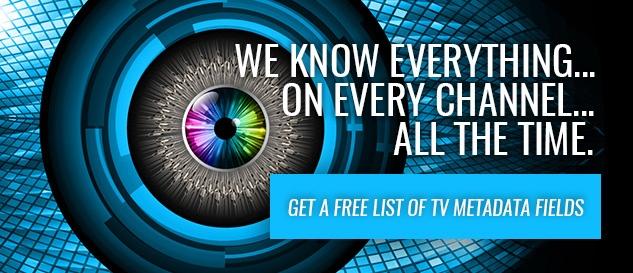“Will [Millennials] ever [pay for television]?” – a TIME article raised this question in May 2013. It’s a query with a two-part answer: yes, they will, but they’re not interested in the construct that has been used by older generations, as has been evidenced by many surveys. A recent NATPE study found that only 36 percent of Millennials find cable subscriptions “valuable.”
With the introduction of Dish’s Sling TV at CES last month, as well as the announcement of upcoming over-the-top (OTT) offerings from HBO, CBS and Nickelodeon, it’s apparent that that the slow ripples of bundle disruption may be rolling into a tidal wave. Granted, this movement is still more of an amble than an all-out sprint, but it’s this progress that is to be noted.
As such, here are the most current thoughts from cable, telecom, satellite and network CEOs on how the industry is addressing this. Many seem to be on the same page, with the exception of two.
AT&T CEO Randall Stephenson
 |
| Randall Stephenson |
"We will go hard at 'over the top' and will invest in the tech platform and content," he said. "We build this into our models. I've gone through these transitions more than I can count. They all look the same. The new stuff grows really fast, and margins get compressed."
DirecTV CEO Mike White
 |
| Mike White |
In May 2014, he followed up these remarks by stating that the merger with AT&T will be able to “deliver a competitive alternative to the cable bundle.”
Dish Network CEO Joseph P. Clayton
 |
| Joseph P. Clayton |
“The whole pay TV industry is missing the 18-35 year olds today.
They’re not going to pay $100 a month for the content. They’re not going to
watch 250 channels and they’re not going to watch it on a 62-inch flat panel
display. They’re going to watch it on a smartphone or a tablet.”
Verizon Communications Inc, CEO Lowell McAdam
 |
| Lowell McAdam |
“[Content providers] see that Millennials are not signing up for 300 channels that they have to sit in front of the TV at 8:00 to see a certain show,” said McAdam. “Not to say that every show is going to be available over-the-top but I would tell you it is not going to be a 300 channel offering anyway. It is probably going to be a 20 or 30 channel offering and the content that we see will be very compelling.”
He later added that “I think you take the cues for that out of where the market is going and whatever you read about Millennials it is not linear and it's not broadcast.”
McAdam seems to share the same line of thought as his predecessor Ivan Seidenberg, who in 2010 said “Young people are pretty smart. They’re not going to pay for something they don’t need to … I think cable has some life left in its model…but that it is going to get disintermediated over the next several years.”
Time Warner CEO Jeff Bewkes
 |
| Jeff Bewkes |
“There is not that much indication that there’s a dissatisfaction out in the population with the basic-cable bundle,” Bewkes told MultiChannel News in December 2014. “The bundle is a great deal and consumers like it.”
He has been towing this line for years now.
At the 2013 Goldman Sachs Communacopia Conference in New York, Bewkes described the bundle as a “healthy thing” that has “held up fantastically.”
And at the 2012 UBS Global Media and Communications Conference, he said “I don't think it's desirable for consumers to break the bundle,” calling this model “economically efficient.”
Comcast CEO Brian L. Roberts
 |
| Brian L. Roberts |
In October 2014, it was reported that Roberts said “Our existing business model is very strong. This quarter, last quarter, and, probably, future quarters will show that many people want these bundles.”
Starz CEO Chris Albrecht
 |
| Chris Albrecht |
“We need to find attractive packages that make them want to sign up,” he continued.”[the] status quo is not going to enlist the next generation of consumers.”
Author: Brian Cameron
Follow @FYITV
Image via








Post a Comment